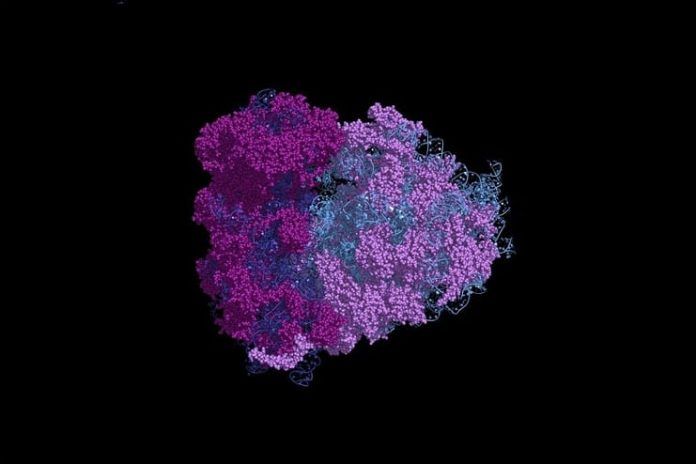Affiliate Disclaimer
Some links in this article are affiliate links. We may earn a small commission if you make a purchase through these links, at no extra cost to you. We only recommend products we find useful to our readersLung diseases are diverse and have the potency to risk one’s life too. But, if you are here wondering one can mRNA even rectify the issues and help the affected person lead a healthy life, you are in for a ride.
A new study/invention (R) by the engineers from the Massachusetts Institute of Technology have created an inhalable form of mRNA which can easily be administered directly to the lungs of the patient to treat their lung conditions like that of cystic fibrosis.
Daniel Anderson, an associate professor in MIT’s Department of Chemical Engineering and the senior author of the study stated that the ability to deliver mRNA via the inhalation process can easily help treat a number of problems and diseases associated with the lungs.
In the conducted study, the researchers were able successfully produce a healthy amount of a specific bioluminescent protein in the lung cells of the mice. According to the researchers, if the same kind of success can be achieved with the normal therapeutic approaches, the same is expected to create a breakthrough in the treatments of the lung diseases.
The lead author of the study, Asha Patel, who is also an assistant professor in the Imperial College, London was the one who initially proposed the idea to opt for an aerosol model for the treatment which did turn out to be fruitful.
Using inhalation process for the treatment
The unique and the essential function of the messenger RNA is the fact that it helps stimulate the cells to produce target proteins. This specific criteria has been used by a number of scientists to successful create genetic changes for an overall better approach to the treatment. Owing to the fact that the mRNA easily gets broken down in the body, it needs a carrier protein to take it to the site of action.
In this study, the researchers wanted to produce an aerosol form of the mRNA which would allow the mRNA to be administered directly to the lungs. This ideology came from the aerosol spray and inhalers that are often used to treat the condition of hyperventilation and asthma.
With that aside, the main approach and goal of the team of researchers was to find a way to stabilize the mRNA while it is administered to the lungs. In some prior studies, the usage of polyethylenimine (PIE) has been quite predominant while the delivering of DNA to the lungs. The only side effect of this carrier is the fact that it doesn’t break down easily which can get accumulated on consistent administration and cause side effects.
In order to overcome these shortcomings, the researchers opted for hyperbranched poly (beta amino esters) which is a positively charged polymer and are easily biodegradable.
Following that, the team of researchers created spheres consisting of a mixture of not just the polymers but the mRNA molecules as well which were subjected to encoding luciferase which is a bioluminescent protein. The researchers then suspended these particles in droplets and administered the same to the mice via a nebulizer.
Patel clarified stating that the inhalation process is possibly the easiest of them all when it does come to the administration of the medicine and the reaction of it in the lungs. Upon the dispersal of the particles in the lungs, they got instructed to finally produce the protein as per the mRNA instructs it to.
Following 24 hours of the administration of the aerosol, the researchers found a steady presence of the bioluminescent protein in the lungs of the mice which gradually fell down in the ratio once the mRNA started clearing out from the lungs. The researchers were able to maintain a steady level of the protein in the lungs with the administration of repeated doses of the aerosol.
Further analysis
Even further and in-depth analysis of the lungs found that the produced protein was predominantly taken up by the five lobes of the lungs, mainly focusing along the line of the lung surfaces. These cells are often associated with that of cystic fibrosis which was what paved way for the researchers to believe that this form of treatment would be essentially beneficial for patients suffering from cystic fibrosis.
Patel further stated saying that since the nanoparticles can be freezed, the same could actually be administered via the inhaler as well instead of aerosol which is believed to make this an even better process. She is working on a further analysis of the usage of the mRNA therapies in the treatment of the lung diseases in her lab at the Imperial College, London. The study has been partially funded by TranslateBio which is a company dedicated to producing mRNA therapeutics.































